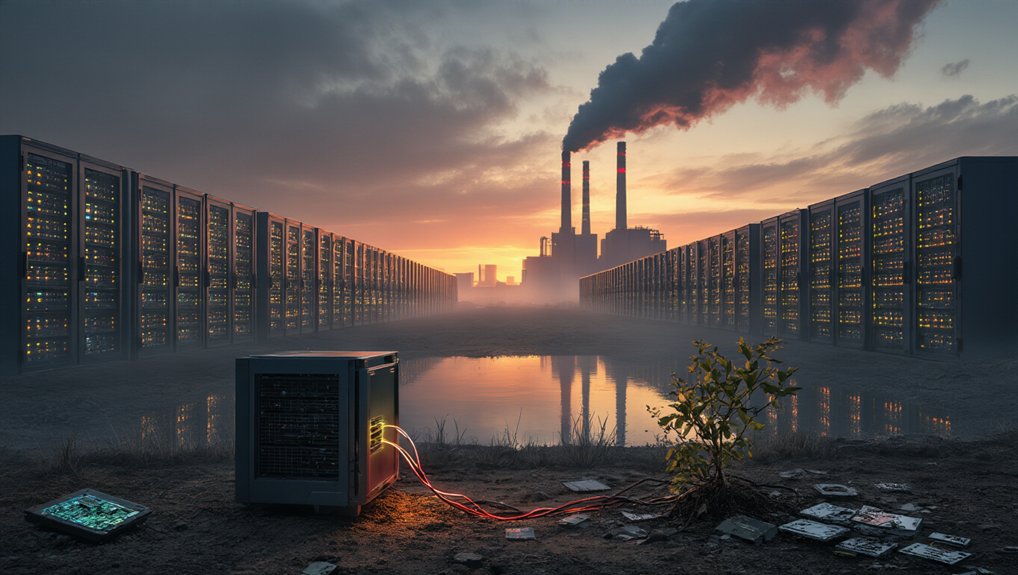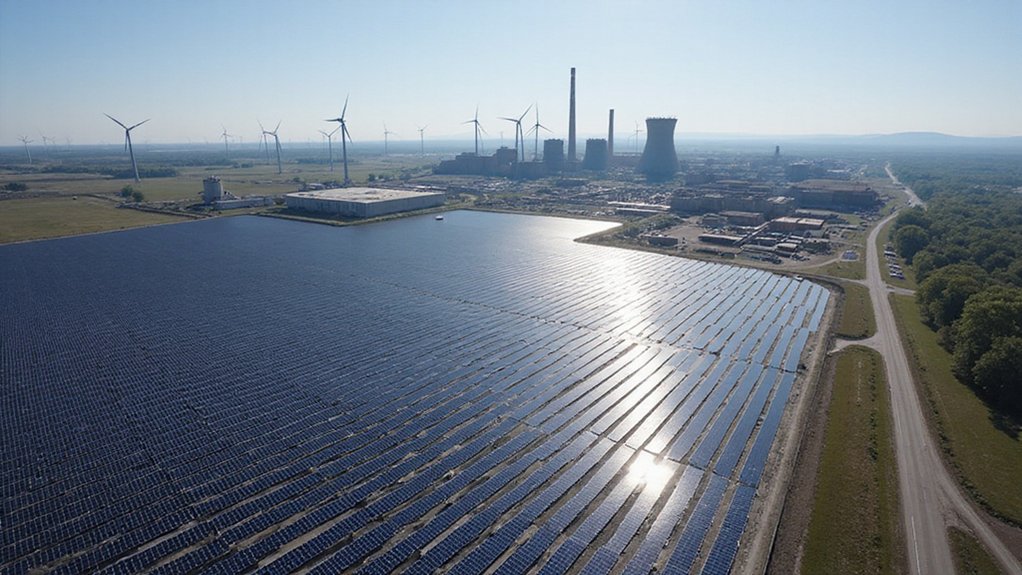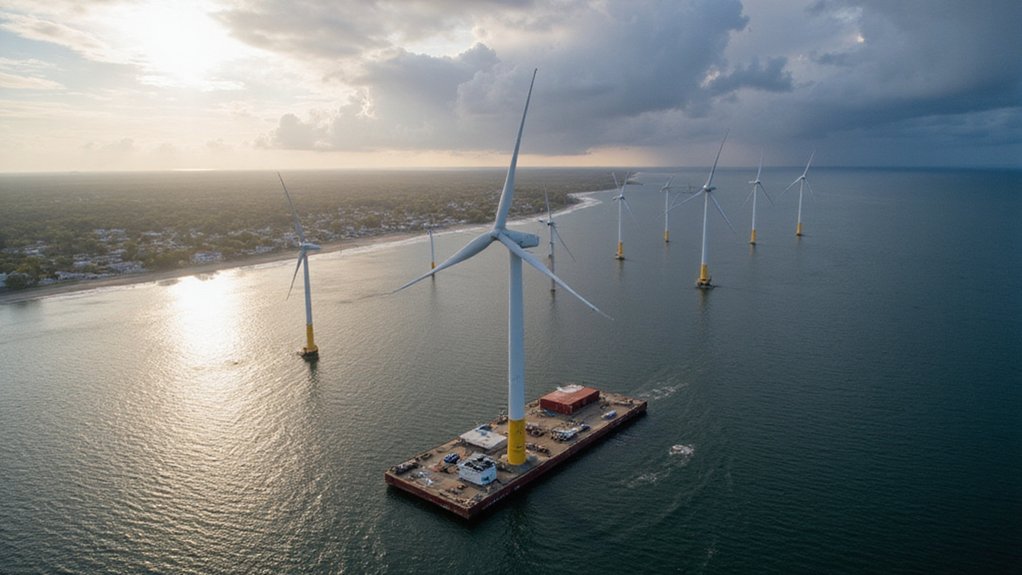Solar panels. Utah State University is dropping a cool 1,058 kilowatts of new solar capacity onto its campus, and frankly, it’s about time. The fresh installations will pump out over 1.6 million kilowatt-hours annually. That’s real electricity, not some vague promise about future green dreams.
The timing couldn’t be better. Energy prices keep climbing like they’re training for Everest, and USU clearly got tired of watching its utility bills balloon. The university’s betting that generating its own power beats begging from the external electricity markets. Smart move, considering how volatile those markets have become lately.
Energy prices climbing like they’re training for Everest while USU builds its own power shield.
Here’s the twist: this expansion actually aligns with Utah’s voluntary goal of hitting 20% renewable energy by 2025. Voluntary, mind you. Not mandatory. But USU’s jumping in anyway, cutting carbon emissions and shrinking its environmental footprint in the process. The project slots neatly into broader climate action plans and those ever-popular net-zero targets everyone keeps talking about. Clean energy remains the most cost-effective energy production method, and USU’s capitalizing on this economic reality while contributing to Utah’s renewable transformation.
The state’s not sitting idle either. Utah just scored $62.45 million in federal funding through the Solar for All program. That’s part of a massive $7 billion national push for distributed solar. The program demands at least a 20% utility bill reduction for low-income, tribal, and disadvantaged communities. Finally, some tangible benefits for people who actually need them. Solar now represents the largest share of Utah’s renewable generation, surpassing both wind and hydroelectric sources in the state’s clean energy mix.
USU’s expansion does more than save money and please environmentalists. It strengthens local grid stability and reliability. When everyone’s cranking their AC during summer peaks, the campus can lean on its own generation instead of stressing the broader grid. That’s energy security in action, not just fancy PowerPoint slides. The initiative follows the national trend where solar generation increased by 33% in 2024 and is expected to surpass coal in 2025.
The university’s investing in modern photovoltaic systems that’ll integrate with existing campus energy management. It might even serve as a living laboratory for students and faculty. Other universities are watching, taking notes, planning their own moves.
This isn’t groundbreaking. It’s evolutionary. USU recognized that rising energy costs aren’t going anywhere but up, so they’re building their own shield. Simple as that. While committees debate and politicians posture, USU’s actually installing panels and generating power.
References
- https://attheu.utah.edu/facultystaff/utahs-energy-future/
- https://www.pew.org/en/research-and-analysis/fact-sheets/2025/03/utah-takes-steps-to-diversify-its-energy-mix
- https://www.usu.edu/today/story/usu-announces-additions-to-solar-energy-capacity-advancing-sustainability-energy-stability
- https://www.research.utah.edu/research-impact/utah-awarded-62m-grant-to-help-increase-access-to-solar-power-for-traditionally-underserved-communities/
- https://energy.utah.gov/homepage/programs/solar-for-all/









